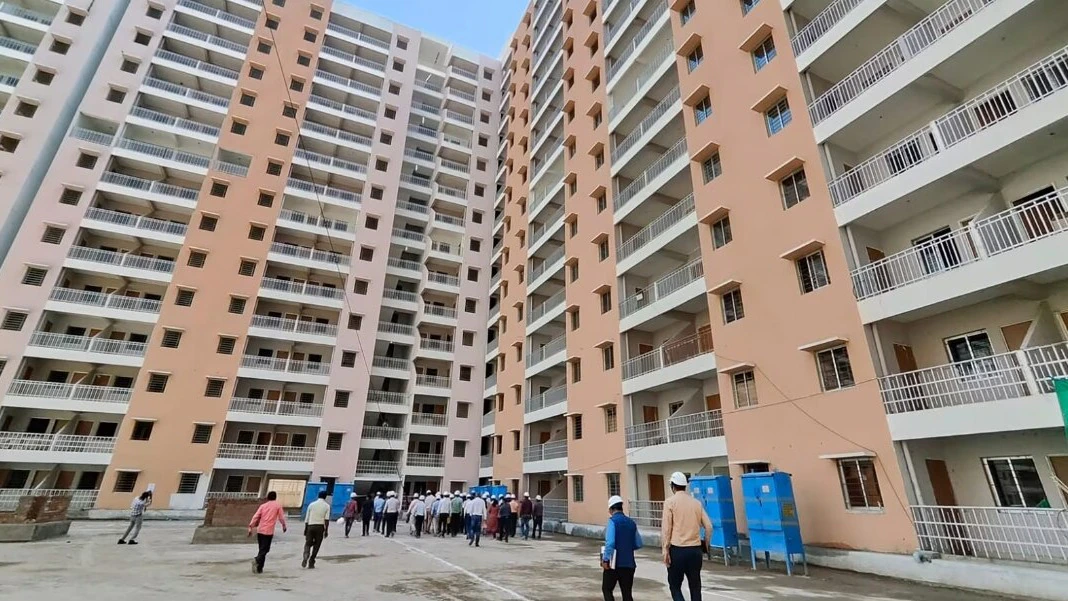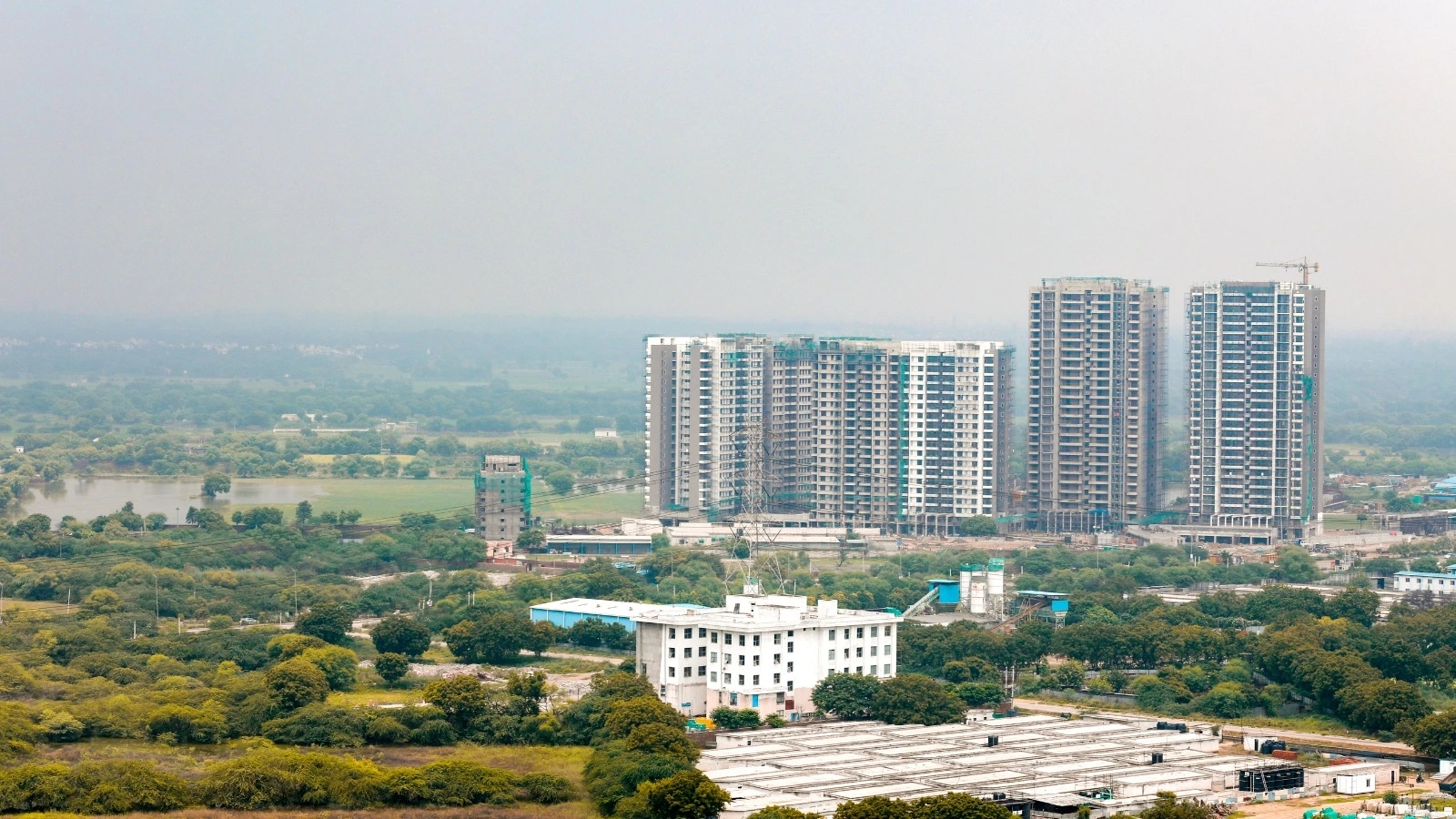Table of Content
Home loans are directly impacted by the repo rate and reverse repo rate. Learn the meanings of repo rate and reverse repo rate in this blog post, as well as the current repo rate.
Repo Rate and Reverse Repo Rate: Latest News 2023
Repo Rate and Reverse Repo Rate
Definition of Repo Rate and Reverse Repo Rate
The Monetary Policy Committee (MPC) makes decisions about the Repo Rate and Reverse Repo Rate during its bi-monthly meetings. The Governor of the Reserve Bank of India is in charge of the Monetary Policy Committee. The Reserve Bank of India's (Central Bank of India) president is Shaktikanta Das. Let's define what the terms repo rate and reverse repo rate mean.Repo Rate
The word repo rate refers to the price at which the Reserve Bank of India (Central Bank of India) lends money to commercial banks in the case of a cash shortage. It is also known as a repurchasing option or repurchasing agreement. The same rate is also applied to control inflation. If there is inflation, the RBI raises the repo rate to deter commercial banks from borrowing money from the Indian Central Bank. Commercial banks' refusal to accept funds from central banks limits the amount of money in circulation and aids in the management of inflation. If there is no inflation in the nation, on the other hand, the opposite position is adopted.
Reverse Repo Rate
The rate at which Indian commercial banks lend money to the RBI is the definition of the term "reverse repo rate." The Monetary Policy Committee determines it at a bimonthly meeting. The rationale for the commercial bank's borrowing is that, in exchange, RBI will grant them a competitive interest rate on any excess funds. The reverse repo rate and money supply are inversely correlated; as the reverse repo rate falls, the money supply rises and vice versa.What is the Current Repo Rate and Reverse Repo Rate?
Current repo rate and reverse repo rate is as follows:-
|
Type of rate |
Rates |
|
Repo Rate (March 2023) |
6.50% |
|
Reverse Repo Rate (March 2023) |
3.35% |
Historic Repo Rate in India
For past few years repo rate in India has been as follows:-
|
Repo Rate period |
Repo Rates |
|
28 January 2014 |
8.00% |
|
15 January 2015 |
8.00% |
|
04 March 2015 |
8.00% |
|
02 June 2015 |
7.00% |
|
29 September 2015 |
7.00% |
|
05 April 2016 |
7.00% |
|
04 October 2016 |
6.00% |
|
02 August 2017 |
6.00% |
|
06 June 2018 |
6.00% |
|
01 August 2018 |
7.00% |
|
07 February 2019 |
6.00% |
|
04 April 2019 |
6.00% |
|
06 June 2019 |
6.00% |
|
07 August 2019 |
5.00% |
|
06 February 2020 |
5.00% |
|
27 March 2020 |
4.00% |
|
22 May 2020 |
4.00% |
|
06 August 2020 |
4.00% |
|
09 October 2020 |
4.00% |
|
May 2022 |
4.40% |
|
08 June 2022 |
4.90% |
|
05 August 2022 |
5.40% |
|
30 September 2022 |
5.90% |
|
7 December 2022 |
6.25% |
|
8 February 2023 |
6.50% |
Who Decides Repo Rate and Reverse Repo Rate in India?
The Monetary Policy Committee (MPC), which is presided over by the Governor of the Reserve Bank of India (RBI), determines the repo rate and reverse repo rate in India.What is the difference between Repo Rate and Reverse Repo Rate?
The difference between repo rate and reverse repo rate is that :
A Repo rate is a rate at which RBI lends money to commercial banks.
Whereas reverse repo rate is at which commercial banks deposit excess funds to the Reserve Bank of India and earn interest in return.
Both these rates are compounded annually.
Here is an example of Repo Rate: For instance, if HDFC Bank borrows Rs 10 crore from RBI at a rate of 4.40%, HDFC Bank will be required to repay the loan with Rs 10.24 crore after a year.
Here is an example of a Reverse Repo Rate: For instance, if Axis Bank deposited Rs 10 crore in excess cash with the RBI at a rate of 3.35%, Axis Bank would receive Rs 10.34 crore in return from the RBI after a year.
Process of RBI Lending Money to Commercial Banks
All commercial banks are not eligible for loans from the Reserve Bank of India. The RBI first verifies the securities and bonds. Once the loan has been paid back, including the interest charged based on the repo rate, it will maintain these as collateral. RBI has the right to sell the securities if the bank is unable to make payments.Impact of Repo Rate and Reverse Repo Rate on Economy
The repo rate and reverse repo rate fluctuate frequently, as we covered previously. The economy is impacted by these two rates. Let's examine the effects of change.Impact of repo rate
A repo rate is a crucial tool for the nation's economic expansion. Additionally, it significantly affects the nation's inflation and aids in keeping the money supply and liquidity under control. In order to stop the flow of money, the RBI raises the repo rate when inflation is excessive. Banks will incur higher borrowing costs when the rate is higher. Additionally, it slows down the economy's money supply and investment. It consequently has a detrimental effect on the economy and aids in containing inflation. The repo rate is lowered if the RBI needs to inject money into the economy. Commercial banks are urged to borrow money from the RBI rather than lending it to other people in this way. The economy's total growth rate is enhanced in this way.Impact of reverse repo rate
When the Reserve repo rate is higher, the economy is affected. Commercial banks decide that it is more practical to deposit the money in the RBI in this situation rather than lending it to individuals for various uses. Additionally, they can receive favorable interest. The rupee's value will increase as a result of all these developments. The reverse repo rate is also used to control inflation by being raised when inflation is low and lowered when inflation is high. The demand for house loans is another area where a change in the reverse repo rate can be detected. Banks favor lending to individuals and lower home loan rates when the reverse repo rate is higher.What is RBI Monetary Policy?
The country's financial system is being strengthened by the RBI Monetary Policy, which also helps to stimulate the economy. It is a monetary policy created by the Reserve Bank of India (Central Bank of India) to control the nation's financial affairs. It regulates the availability of funds, the cost of credit, interest rates on loans, and the distribution of credit. The RBI's monetary policy is typically reviewed six times during the fiscal year. The RBI's monetary policy has three primary goals.-
Economic growth
-
Exchange rate stability
-
Control of inflation








_1766133697.webp)